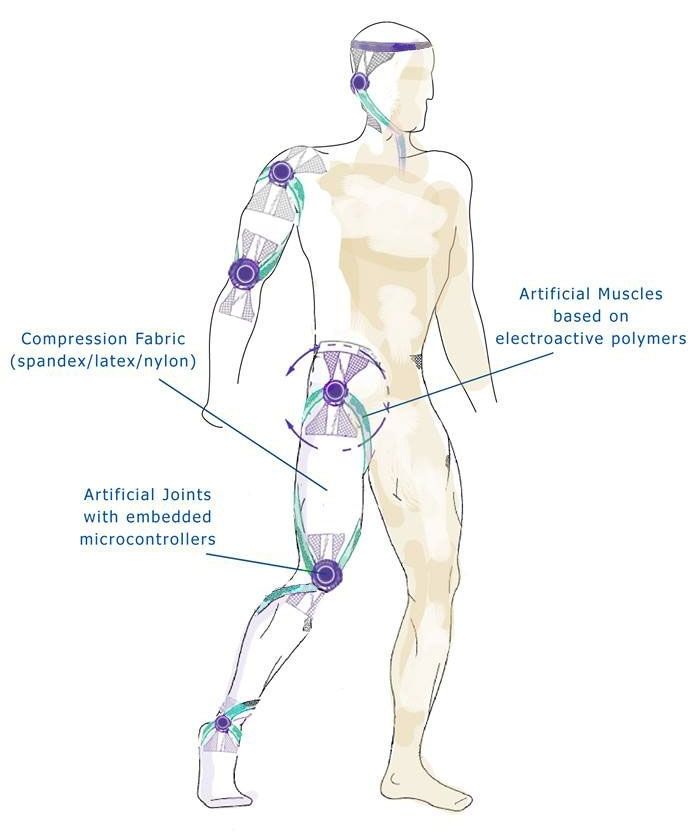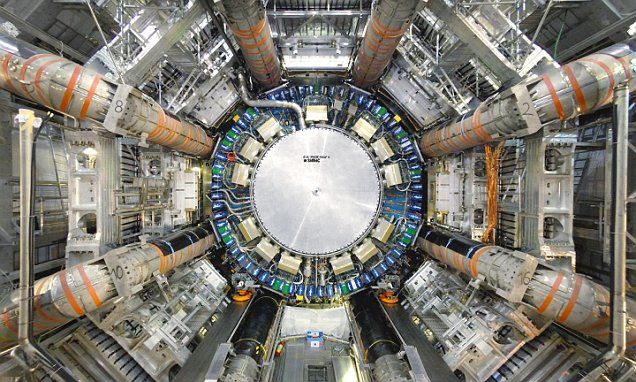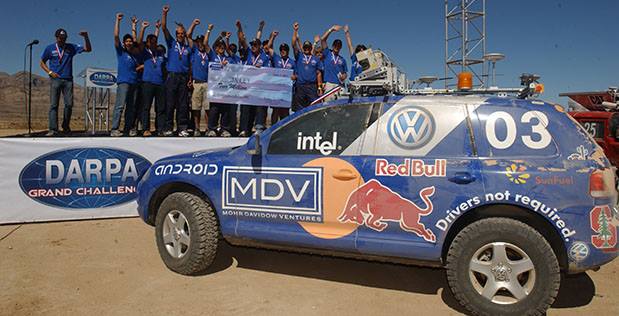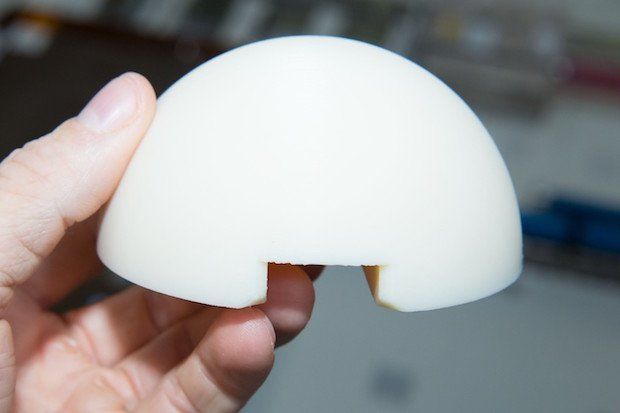Aug 17, 2017
Life or Death: Will Robo-Cars Swerve for Squirrels?
Posted by Johnny Boston in categories: automation, driverless cars, drones, electronics, ethics, fun, humor, media & arts, robotics/AI, transportation
Self Driving Cars and Ethics. It’s a topic that has been debated in blogs, op-eds, academic research papers, and youtube videos. Everyone wants to know, if a self-driving car has to choose between sacrificing its occupant, or terminating a car full of nobel prize winners, who will it pick? Will it be programmed to sacrifice for the greater good, or protect itself — and its occupants — at all costs? But in the swirl of hypothetical discussion around jaywalking Grandmas, buses full of school-children, Kantian Ethics and cost-maps, one crucial question is being forgotten:
What about the Squirrels?
Continue reading “Life or Death: Will Robo-Cars Swerve for Squirrels?” »


















